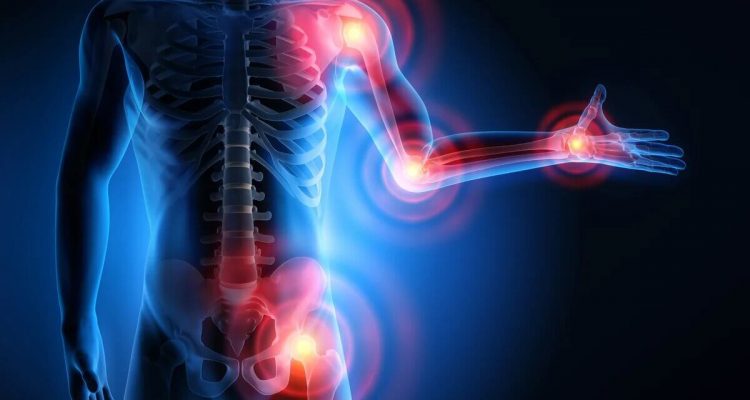
How to avoid bone, muscle or joint pain in old age: scientists named three rules
0
People who want to prevent bone, muscle and joint pain in old age should exercise more often and for longer, experts say. An active lifestyle keeps the body young and healthy, and those who engage in regular physical activity defy the aging process.
Referring to a new study conducted by specialists at the University of Portsmouth (Great Britain) led by Dr. Niels Niederstrasser.< /p>
“Chronic pain is a huge problem at any age and one of the main reasons people visit the emergency room. This is one of the most common and complex problems that leads to a decrease in the quality of life and poor health,” said Niederstrasser.
Researchers studied the data of 5,802 people aged 50 and over for 10 years. Participants reported whether they were bothered by pain in their bones, joints, and muscles. The volunteers were also asked how often they exercised: more than once a week, once a week, one to three times a month, or almost never, and how intense their exercise was.
In addition, this is the first study that examined the occurrence of chronic pain, taking into account not only age and physical activity, but also a person's gender, BMI and level of wealth.
The results showed that only a high level of active physical activity at least once a week – playing tennis, running, swimming, cycling, gardening, or doing physical work at work – helps prevent chronic musculoskeletal pain in the long term.
Vigorous exercise alone once or twice a week may reduce the risk of heart disease or stroke.
However, moderate physical activity, such as dancing, walking or light exercise, does not reduce the risk.
The study also shows that a lower quality of life is also associated with the onset of chronic joint, muscle and bone pain. After all, people with a higher income seek private help for the treatment of illnesses and injuries.
Scientists call hormonal changes the likely reason for the higher frequency of pain in women.
And overweight and obese people suffer more from pain, because excess weight increases the load on the joints of the body.
You need to engage in at least 150 minutes of moderate activity per week or at least 75 minutes of vigorous active activity per week (moderate activity includes brisk walking, water aerobics , cycling, dancing, doubles tennis, pushing a lawnmower, hiking and rollerblading; to energetic – running, swimming, fast cycling or downhill and sports such as football, rugby and hockey).
The above findings also apply to people with disabilities, pregnant women and new mothers.









Leave a Reply